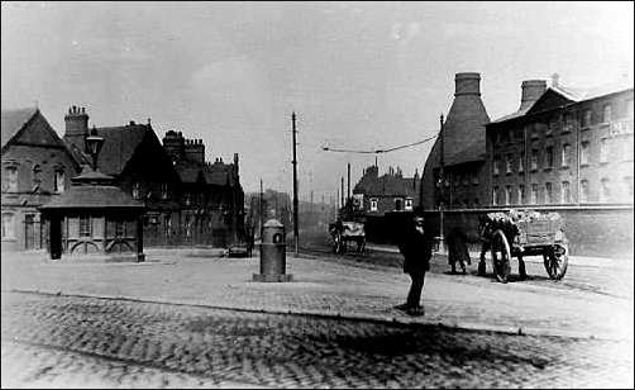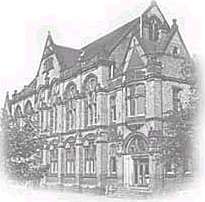| Fenton - one of the Six Towns of Stoke-on-Trent |
|
Tunstall
|
| Fenton - one of the Six Towns of Stoke-on-Trent |
|
Tunstall
|
"The sound of the phrase 'Six Towns' is not so good as the sound of the phrase 'Five Towns'. 'I' in 'Five' is an open vowel. 'I' in 'Six' is a closed vowel, and is not nearly so striking. To my mind a broad sounding phrase for the district was very important. It is also to be remembered that Fenton had not then the same status as it has now. People ask me why, if I left out Fenton, should I put in Tunstall. The reason is that I did not like the sound of "Four" and that Tunstall, although then not a borough, had a more separate entity than Fenton. It also had a Chief Bailiff." Arnold Bennett on why he left Fenton out of his 'Five Towns' novels Arnold Bennett | Arnold Bennett's Fenton |

The works of Masons Ironstone China, Victoria
Square, Fenton
The Mason family were producers of the famous 'Patent Ironstone China'
| Fenton
has few notable landmarks and lacks a distinct centre, although it
actually occupies the largest area of any of the Six Towns. "LANE DELPH and FENTON are situate
between Stoke and Lane End, and Cobridge between Hanley and Burslem; -
they are small places, but contain some extensive pottery works,
employing a considerable population, which are included in the returns
for the townships to which they severally belong." "Christ Church (1839), rebuilt
1890, is a brick building in Dec. style. The church of St. Michael and
All Angels (1887) is in E. Eng. style. F. contains Wesleyan, Primitive
Methodist, and Methodist New Connexion chapels. The townhall was erected
in 1889. Dates in the history of Fenton 1740 - By this date Thomas Whieldon had opened a small pottery in Fenton Low. Josiah Spode I was one of his apprentices. 1795 - Thomas Whieldon dies (March). 1888 - Fenton's Town Hall built in Albert Square. Designed by Robert Scrivener & Son. Paid for by William Meath Baker. 1894 - Tunstall and Fenton became urban districts.
|
 Fenton Town Hall
|